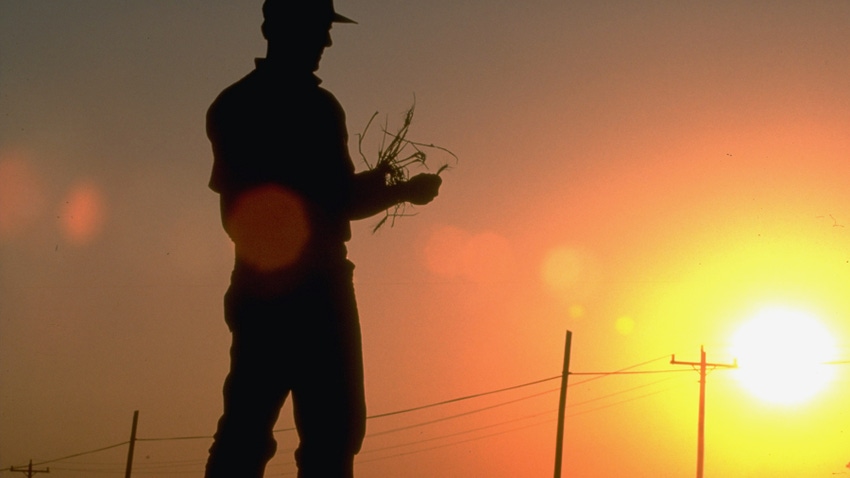
Across the drought-stricken Plains states, you can find fields with failed wheat acres, but also other failed cereal crops such as rye and triticale. With the lack of moisture in the soil profile, it has left farmers wondering what to do next.
In a recent webinar by Green Cover, Keith Berns, company co-owner and co-operator, joined experienced farmers to offer ideas. “There is no cookie-cutter answer because everyone’s operation is different,” Berns said.
It is important to keep in mind the window of time that is left after the failed crop. But he and others point to one promising option, a short-season crop that is inexpensive to plant and is also drought resistant — proso millet.
Benefits of drought-resistant crop
Jimmy Emmons, a producer in western Oklahoma, saw great successes by planting proso millet, especially for keeping ground cover after a failed crop. It is also recommended to producers farther north.
Scott Ravencamp, a producer who works as contract production manager for Green Cover, recommended proso millet and sorghum after failed wheat or other cereals.
Millet reaches a higher lignin form quicker than most crops, trading a more durable residue at a faster rate. Even if this small seed doesn’t reach a mature stage, immature millet still provides an adequate ground cover.
“Make sure to plant what the market is telling you, and make sure you have the correct planting window,” Ravencamp said.
Millet is a cheap seed that has many benefits. However, the problem with millet is that if producers want to get a crop from it, there is a short harvest window. In addition, they will need special equipment to gather seed.
Grazing the proso millet is a route that some producers take when using it for ground cover. It is no secret that hay is sparse because of the recent drought. If a producer is looking to graze proso millet, it is important to use proper rotation or lower the intensity of grazing to maximize ground cover.
Planting and harvesting
The best chance that a producer has of getting germination during a drought is to make sure you get in quickly after a rain.
Both Ravencamp and Emmons agreed that it is a matter of hours, not days, after a rain that farmers need to get something planted. Emmons emphasized that it is important to be prepared.
It is OK to keep some seed on hand, but he suggested that you stay in contact with you seed salesman so farmers can get seed quickly after a rain. “You don’t want to lose moisture while waiting,” Ravencamp said.
However, to keep costs down and reduce seed waste, both agree that farmers shouldn’t keep a lot of seed on hand. Ravencamp said that millet seed is essentially “mouse candy,” and if too much is stored, rodents become a problem.
Berns said that millets of all kinds — including proso, foxtail or pearl millet — would work for grazing or haying, but the soil temperature needs to be at least 65 degrees F, and there needs to be soil moisture at planting time. While pearl millet is more costly to plant than proso, it is best for regrowth after haying or grazing.
Emmons emphasized that maintaining ground cover after failed wheat or cereal crop acres, or especially during a drought, is crucial for soil health. And that is a key goal of anything that is planted in failed crop acres.
Learn more at greencover.com.
About the Author(s)
You May Also Like






